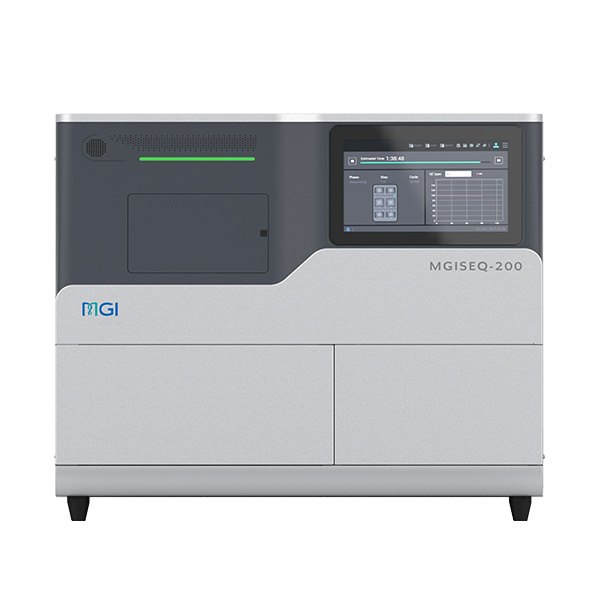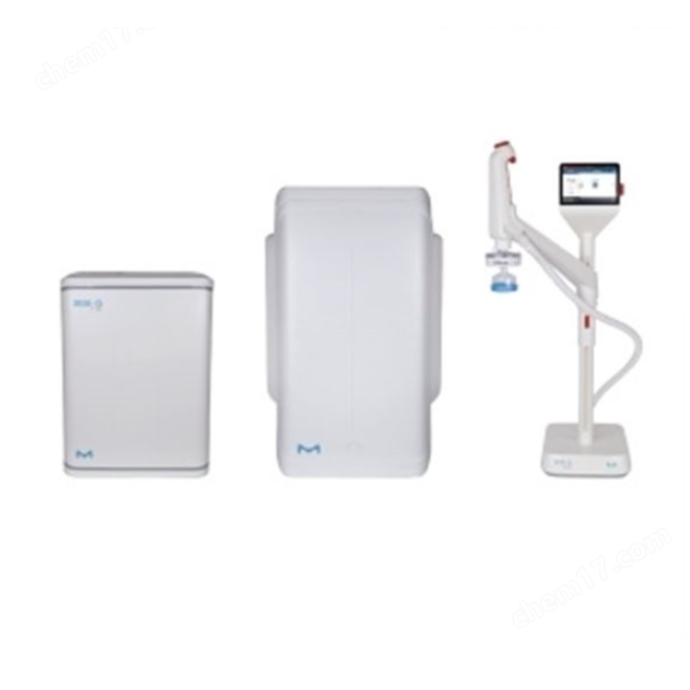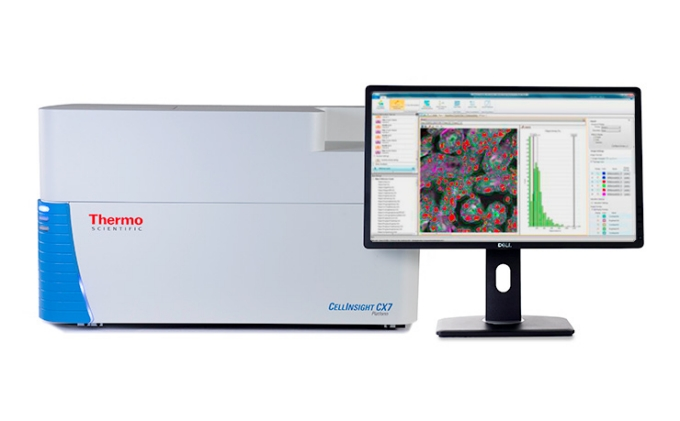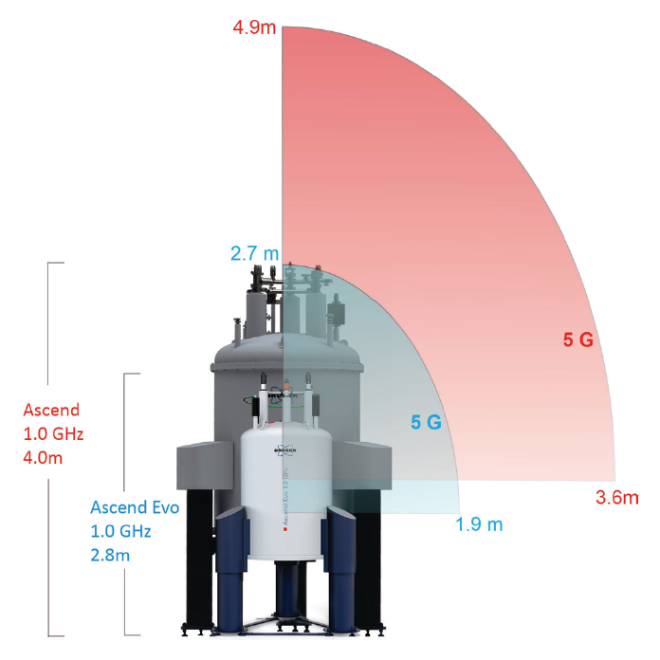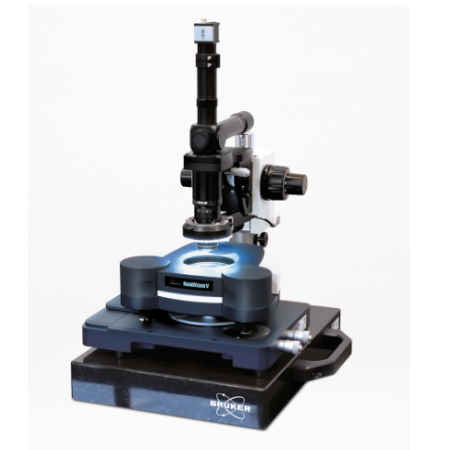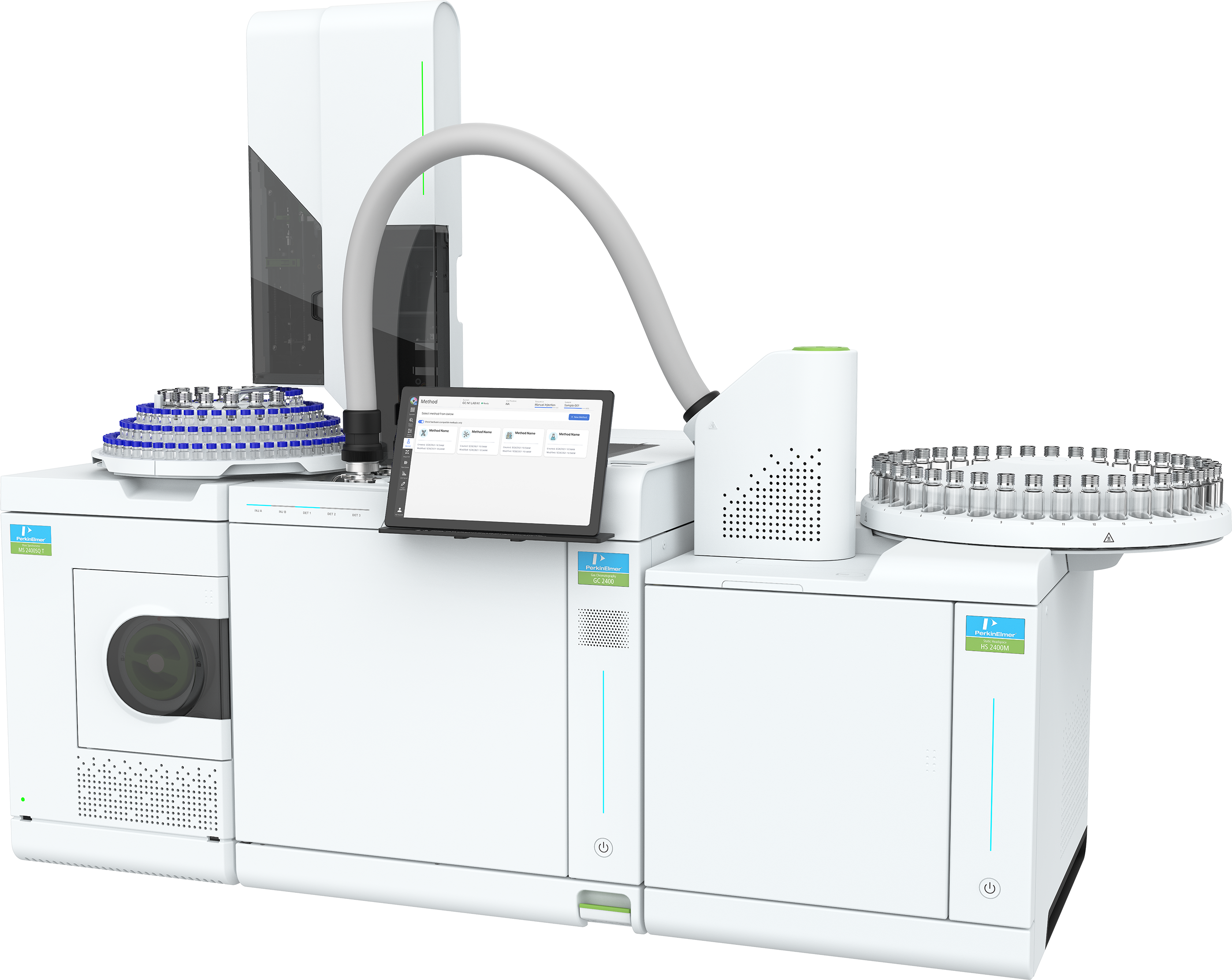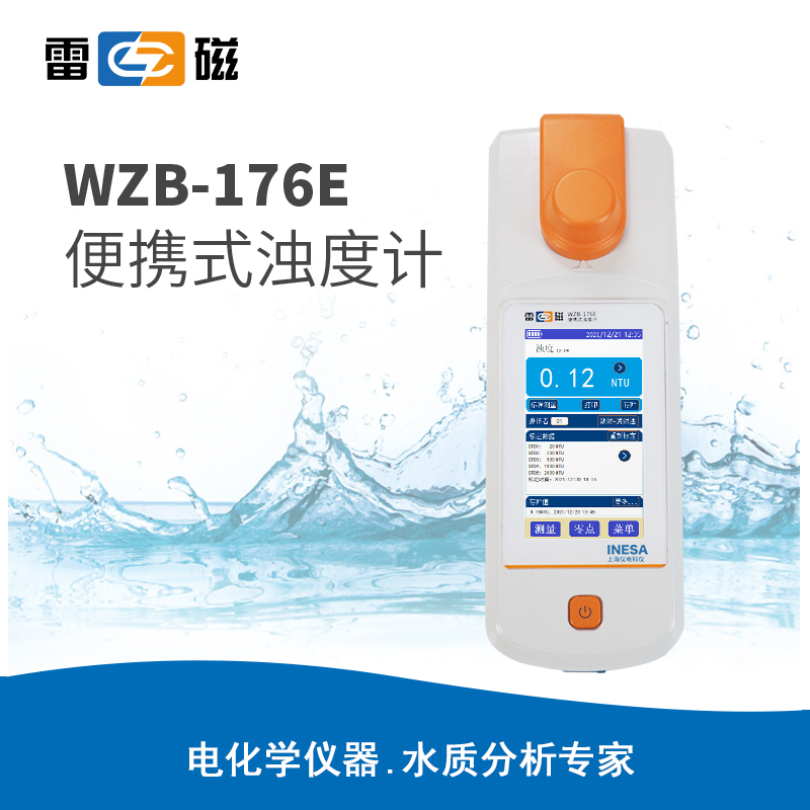人软骨寡聚基质蛋白(COMP)ELISA试剂盒说明书
2016/04/18 14:55
阅读:78
分享:方案摘要:
产品配置单:
大鼠软骨寡聚基质蛋白(COMP)ELISA试剂盒
型号: 96T/盒
产地:
品牌: Cusabio
面议
参考报价
联系电话
方案详情:
Human cartilage oligomeric matrix protein,
COMP ELISA Kit
FOR RESEARCH USE ONLY; NOT FOR THERAPEUTIC OR DIAGNOSTIC APPLICATIONS!
PLEASE READ THROUGH ENTIRE PROCEDURE BEFORE BEGINNING!
Intended use
This immunoassay kit allows for the in vitro quantitative determination of human cartilage oligomeric matrix protein, COMP concentrations in cell culture supernates, serum, plasma and other biological fluids.
Introduction
Cartilage oligomeric matrix protein (COMP) is a member of the thrombospondin family of extracellular matrix proteins. The protein consists of five 87-kDa subunits held together by interchain disulfide bonds, forming a 435-kDa pentameric protein. COMP is expressed in all types of cartilage, vitreous of the eye, tendon, and vascular smooth muscle cells. Immunohistological staining of articular cartilage has revealed a developmentally regulated localization of COMP to the chondrocyte territorial and interterritorial matrix. COMP binds in a zinc-dependent manner to collagen type I and type II and also to collagen type IX. The thrombospondin family currently inCOMPdes five members: TSP-1, TSP-2, TSP-3, TSP-4, and COMP (also referred to as TSP-5). These proteins share overall homology, and all contain type 2 (epidermal growth factor-like) and type 3 (calmodulin-like) repeats in their central domains. The homologies are most pronounced in the C-terminal globular domains, whereas the N-terminal amino acid sequences are less conserved. TSP-1 and TSP-2 form trimers containing structurally related N-terminal domains with procollagen-like sequences. TSP-3, TSP-4, and COMP are structurally similar, lacking the N-terminal procollagen homology region, and they form homopentamers. The COMP gene is located on mouse chromosome 8 and on human chromosome 19. Mutations in the COMP gene are responsible for the human genetic disorders pseudoachondroplasia (PSACH) and some types of multiple epiphyseal dysplasia (MED). The majority of the mutations are missense mutations located in the type 3 calmodulin-like repeat domain.
Test principle
The microtiter plate provided in this kit has been pre-coated with an antibody specific to COMP. Standards or samples are then added to the appropriate microtiter plate wells with a biotin-conjugated polyclonal antibody preparation specific for COMP and Avidin conjugated to Horseradish Peroxidase (HRP) is added to each microplate well and incubated. Then a TMB substrate solution is added to each well. Only those wells that contain COMP, biotin-conjugated antibody and enzyme-conjugated Avidin will exhibit a change in color. The enzyme-substrate reaction is terminated by the addition of a sulphuric acid solution and the color change is measured spectrophotometrically at a wavelength of 450 nm ± 2 nm. The concentration of COMP in the samples is then determined by comparing the O.D. of the samples to the standard curve.
Materials and components
Reagent Quantity
Assay plate 1 × 20ml
Standard 2
Sample Diluent 1 × 20ml
Assay Diluent A 1 × 10ml
Assay Diluent B 1 × 10ml
Detection Reagent A 1 × 120μl
Detection Reagent B 1 × 120μl
Wash Buffer(25 x concentrate) 1 × 30ml
Substrate 1 × 10ml
Stop Solution 1 × 10ml
Plate sealer for 96 wells 5
Instruction 1
Other supplies required
Luminometer.
Pipettes and pipette tips.
EP tube
Deionized or distilled water.
Sample collection and storage
Serum - Use a serum separator tube (SST) and allow samples to clot for 30 minutes before centrifugation for 15 minutes at approximately 1000 × g. Remove serum and assay immediately or aliquot and store samples at -20℃ or -80℃.
Plasma - Collect plasma using EDTA or heparin as an anticoagulant. Centrifuge samples for 15 minutes at 1000 × g at 2 - 8℃ within 30 minutes of collection. Store samples at -20℃ or -80℃. Avoid repeated freeze-thaw cycles.
Cell culture supernates and other biological fluids - Remove particulates by centrifugation and assay immediately or aliquot and store samples at -20℃ or -80℃. Avoid repeated freeze-thaw cycles.
Note: Serum, plasma, and cell culture supernatant samples to be used within 7 days may be stored at 2-8 ℃, otherwise samples must stored at -20℃ (≤ 1 months) or -80℃ (≤ 2 months) to avoid loss of bioactivity and contamination. Avoid freeze-thaw cycles. When performing the assay slowly bring samples to room temperature.
DO NOT USE HEAT-TREATED SPECIMENS.
Limitations of the procedure
1. The kit should not be used beyond the expiration date on the kit label.
2. Do not mix or substitute reagents with those from other lots or sources.
3. If samples generate values higher than the highest standard, further dilute the samples with the Assay Diluent and repeat the assay. Any variation in standard diluent, operator, pipetting technique, washing technique, incubation time or temperature, and kit age can cause variation in binding.
4. This assay is designed to eliminate interference by soluble receptors, ligands, binding proteins, and other factors present in biological samples. Until all factors have been tested in the Quantikine Immunoassay, the possibility of interference cannot be exCOMPded.
Reagent preparation
Bring all reagents to room temperature before use.
Wash Buffer - If crystals have formed in the concentrate, warm to room temperature and mix gently until the crystals have completely dissolved. Dilute 30 mL of Wash Buffer Concentrate into deionized or distilled water to prepare 750 mL of Wash Buffer.
Standard - Reconstitute the Standard with 1.0 mL of Sample Diluent. This reconstitution produces a stock solution of 60 ng/ml. Allow the standard to sit for a minimum of 15 minutes with gentle agitation prior to making serial dilutions (Making serial dilution in the wells directly is not permitted). The undiluted standard serves as the high standard (60 ng/ml). The Sample Diluent serves as the zero standard (0 ng/ml).

ng/mL 60 30 15 7.5 3.75 1.88 0.94 0
Detection Reagent A and B - Dilute to the working concentration using Assay Diluent A and B (1:100), respectively.
Assay procedure
Allow all reagents to reach room temperature (Please do not dissolve the reagents at 37℃ directly.). All the reagents should be mixed thoroughly by gently swirling before pipetting. Avoid foaming. Keep appropriate numbers of strips for 1 experiment and remove extra strips from microtiter plate. Removed strips should be resealed and stored at 4℃ until the kits expiry date. Prepare all reagents, working standards and samples as directed in the previous sections. Please predict the concentration before assaying. If values for these are not within the range of the standard curve, users must determine the optimal sample dilutions for their particular experiments.
1. Add 100 μl of Standard, Blank, or Sample per well. Cover with the Plate sealer. Incubate for 2 hours at 37℃.
2. Remove the liquid of each well, don’t wash.
3. Add 100 μl of Detection Reagent A working solution to each well. Cover with the Plate sealer. Incubate for 1 hour at 37℃. Detection Reagent A working solution may appear cloudy. Warm to room temperature and mix gently until solution appears uniform.
4. Aspirate each well and wash, repeating the process three times for a total of three washes. Wash by filling each well with Wash Buffer (approximately 400 μl) using a squirt bottle, multi-channel pipette, manifold dispenser or autowasher. Complete removal of liquid at each step is essential to good performance. After the last wash, remove any remaining Wash Buffer by aspirating or decanting. Invert the plate and blot it against clean paper towels.
5. Add 100 μl of Detection Reagent B working solution to each well. Cover with a new Plate sealer. Incubate for 1 hours at 37℃.
6. Repeat the aspiration/wash as in step 4.
7. Add 90 μl of Substrate Solution to each well. Cover with a new Plate sealer. Incubate within 30 minutes at 37℃. Protect from light.
8. Add 50 μl of Stop Solution to each well. If color change does not appear uniform, gently tap the plate to ensure thorough mixing.
9. Determine the optical density of each well at once, using a microplate reader set to 450 nm.
Important Note:
1. Absorbance is a function of the incubation time. Therefore, prior to starting the assay it is recommended that all reagents should be freshly prepared prior to use and all required strip-wells are secured in the microtiter frame. This will ensure equal elapsed time for each pipetting step, without interruption.
2. Please carefully reconstitute Standards or working Detection Reagent A and B according to the instruction, and avoid foaming and mix gently until the crystals have completely dissolved. The reconstituted Standards can be used only once. This assay requires pipetting of small volumes. To minimize imprecision caused by pipetting, ensure that pipettors are calibrated. It is recommended to suck more than 10μl for once pipetting.
3. To ensure accurate results, proper adhesion of plate sealers during incubation steps is necessary. Do not allow wells to sit uncovered for extended periods between incubation steps. Once reagents have been added to the well strips, DO NOT let the strips DRY at any time during the assay.
4. For each step in the procedure, total dispensing time for addition of reagents to the assay plate should not exceed 10 minutes.
5. To avoid cross-contamination, change pipette tips between additions of each standard level, between sample additions, and between reagent additions. Also, use separate reservoirs for each reagent.
6. The wash procedure is critical. Insufficient washing will result in poor precision and falsely elevated absorbance readings.
7. Duplication of all standards and specimens, although not required, is recommended.
8. Substrate Solution is easily contaminated. Please protect it from light.
Specificity
This assay recognizes recombinant and natural human COMP. No significant cross-reactivity or interference was observed.
Sensitivity
The minimum detectable dose of human COMP is typically less than 0.47 ng/mL.
The sensitivity of this assay, or Lower Limit of Detection (LLD) was defined as the lowest protein concentration that could be differentiated from zero.
Detection Range
0.94 -60 ng/mL. The standard curve concentrations used for the ELISA’s were 60 ng/mL, 30 ng/mL, 15 ng/mL, 7.5 ng/mL, 3.75 ng/mL, 1.88 ng/mL,0.94 ng/mL, .
Calculation of results
Average the duplicate readings for each standard, control, and sample and subtract the average zero standard optical density. Create a standard curve by reducing the data using computer software capable of generating a four parameter logistic (4-PL) curve-fit. As an alternative, construct a standard curve by plotting the mean absorbance for each standard on the x-axis against the concentration on the y-axis and draw a best fit curve through the points on the graph. The data may be linearized by plotting the log of the COMP concentrations versus the log of the O.D. and the best fit line can be determined by regression analysis. It is recommended to use some related software to do this calculation, such as curve expert 13.0. This procedure will produce an adequate but less precise fit of the data. If samples have been diluted, the concentration read from the standard curve must be multiplied by the dilution factor.
Storage of test kits and instrumentation
1. Unopened test kits should be stored referring to the package label for frequent use, and stored at -20℃ for long time storage. The unused strips should be kept in a sealed bag and stored at 2-8℃ in their pouch with the desiccant provided to minimize exposure to damp air. The test kit may be used throughout the expiration date of the kit (six months from the date of manufacture). Opened test kits will remain stable until the expiring date shown, provided it is stored as prescribed above.
2. There may be some foggy substance in the wells when the plate is opened at the first time. It will not have any effect on the final assay results.
3. Do not remove microtiter plate from the storage bag until needed.
4. A microtiter plate reader with a bandwidth of 10nm or less and an optical density range of 0-3 OD or greater at 450nm wavelength is acceptable for use in absorbance measurement.
5. Use fresh disposable pipette tips for each transfer to avoid contamination.
6. Do not substitute reagents from one kit lot to another. Use only the reagents supplied by manufacturer.
7. Valid period: six months.
Precaution
The Stop Solution suggested for use with this kit is an acid solution. Wear eye, hand, face, and clothing protection when using this material.
下载本篇解决方案:
城市污水中TOC与COD的关系
TOC与COD的测定方法不同。测定COD是采用强氧化剂和加热回流的方法,只能将水中的有机物部分氧化(氧化率较低),并且测定时间较长,即使目前一些快速的
环保
2017/11/16
病原微生物检测整体解决方案
自然界中约有99%的微生物无法在实验室条件下培养纯化,对于环境或临床样本中的微生物群落研究,需要一种非培养依赖且同时覆盖多种微生物类型的检测技术,能对微生物群落进行种属水平的鉴定及定量分析,使得微生物鉴定更加全面、准确及高效。 华大智造基于自主研发的高通量测序平台和病原感染快速鉴定系统,开发出一套病原微生物检测整体解决方案,可实现在本地快速、准确、全面的对原始标本中的微生物进行分类鉴定,并自动出具分析结果,为感染性疾病的诊疗提供参考。同时,我们也提供多种病原微生物检测整体解决方案的组合,用户可根据需求灵活选择硬件及配套试剂耗材。
生物产业
2020/06/17
Milli-Q IX 纯水系统:溶出度检测纯水解决方案
纯水是制备溶出溶剂或生物相关溶液的重要成分,因此水质的好坏会影响结果。一旦水质选择不当,就会引入污染物,主要有以下几种类型。使用高质量纯水来制备溶出溶剂,是获取精确、可重现结果并满足监管要求的重要保障。
制药/生物制药
2020/07/29
肿瘤特异性抗体功能分析
肿瘤特异性抗体功能分析包含很多方面: T细胞功能活化及增殖、细胞因子分析、抗体依赖的细胞介导的细胞毒性作用(antibody-dependent cell-mediated cytotoxicity; ADCC)、抗体介导的补体依赖的细胞毒性(complement dependent cytotoxicity; CDC)、巨噬细胞抗体依赖性的细胞吞噬作用(Antibody-Dependent Cellular Phagocytosis; ADCP)等。
制药/生物制药
2021/04/28





